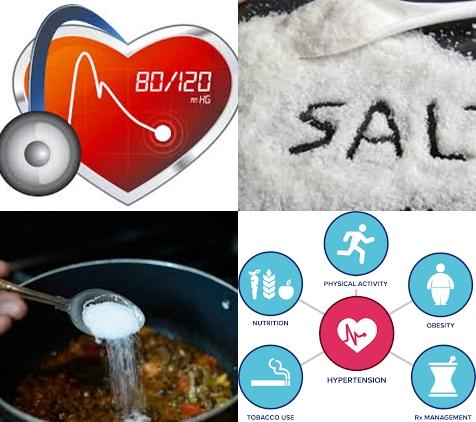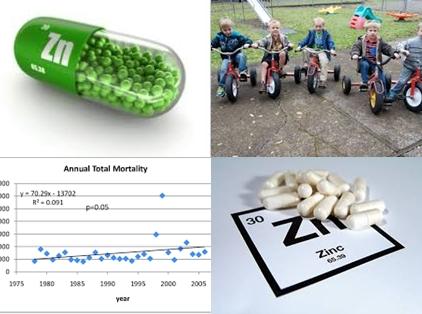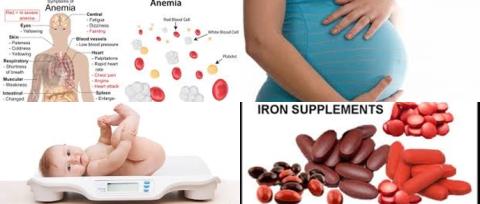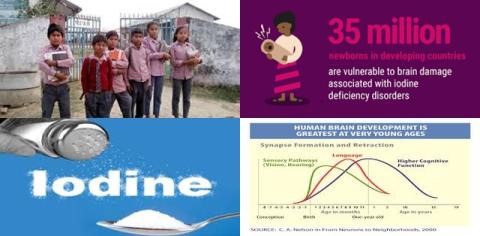300 μg/d dietary lutein and zeaxanthin intake reduce nuclear cataract
Objectives:
Lutein and zeaxanthin are thought to have beneficial effects on protecting the lens against cataract formation, but findings from epidemiologic studies have been inconsistent. Therefore, this review article has been conducted.
Does dietary lutein and zeaxanthin intake reduce age-related cataract risk?
Study design:
This review article included 6 prospective cohort studies, involving 4416 cases and 41999 participants.
Results and conclusions:
The investigators found for comparing the highest with the lowest categories of dietary lutein and zeaxanthin intake, a significant reduced risk for nuclear cataract of 25% [RR = 0.75, 95% CI = 0.65-0.85], but the reduced risk was not significant for cortical cataract [RR = 0.85, 95% CI = 0.53-1.17] and for posterior subcapsular cataract [RR = 0.77, 95% CI = 0.40-1.13]. Significant means, there is an association with a 95% confidence.
The investigators found in dose-response analysis that every 300 μg/d increment in dietary lutein and zeaxanthin intake was significantly associated with a 3% [RR = 0.97, 95% CI = 0.94-0.99] reduction in the risk of nuclear cataract.
The investigators found in dose-response analysis that every 300 μg/d increment in dietary lutein and zeaxanthin intake was non-significantly associated with a 1% [RR = 0.99, 95% CI = 0.95-1.02] reduction in the risk of cortical cataract. Non-significantly means, there is no association with a 95% confidence.
The investigators found in dose-response analysis that every 300 μg/d increment in dietary lutein and zeaxanthin intake was non-significantly associated with a 3% [RR = 0.97, 95% CI = 0.93-1.01] reduction in the risk of posterior subcapsular cataract. Non-significantly because RR of 1 was found in 95% CI of 0.93 to 1.01. RR of 1 means no risk.
The investigators concluded dietary lutein and zeaxanthin intake (at least 300 μg/d) is associated with a reduced risk of age-related cataract, especially nuclear cataract in a dose-response manner, indicating a beneficial effect of lutein and zeaxanthin in age-related cataract prevention.
Original title:
A dose–response meta-analysis of dietary lutein and zeaxanthin intake in relation to risk of age-related cataract by Ma L, Hao ZX, [...], Pan JP.
Link:
http://link.springer.com/article/10.1007/s00417-013-2492-3
Additional information of El Mondo:
Find more studies/information on elderly right here.
|
Food items |
Content of lutein + zeaxanthin (micrograms/mcg/μg) |
|
Kale, frozen, cooked, boiled, drained, without salt (100 grams) |
19698 |
|
Spinach, frozen, chopped or leaf, cooked, boiled, drained, without salt (100 grams) |
15691 |
|
Turnip greens, cooked, boiled, drained, without salt (100 grams) |
8441 |
|
Watercress, raw (100 grams) |
5767 |
|
Lettuce, cos or romaine, raw (100 grams) |
2312 |
|
Brussels sprouts, frozen, cooked, boiled, drained, without salt (100 grams) |
1541 |
|
Broccoli, frozen, spears, cooked, boiled, drained, with salt (100 grams) |
1498
|
|
Tomatoes, sun-dried (100 grams) |
1419 |
|
Nuts, pistachio nuts, dry roasted, without salt added (100 grams) |
1205
|
|
Pumpkin, cooked, boiled, drained, without salt (100 grams)
|
1014 |
|
Asparagus, frozen, cooked, boiled, drained, without salt (100 grams) |
618 |
|
Okra, frozen, cooked, boiled, drained, without salt (100 grams)
|
466 |
|
Artichokes, (globe or french), cooked, boiled, drained, without salt (100 grams) |
464 |
|
Egg, whole, cooked, poached (100 grams) |
330 |
|
Avocados, raw, all commercial varieties (100 grams) |
271 |
|
Crackers, whole-wheat (100 grams) |
179 |
|
Raspberries, raw (100 grams) |
136 |



